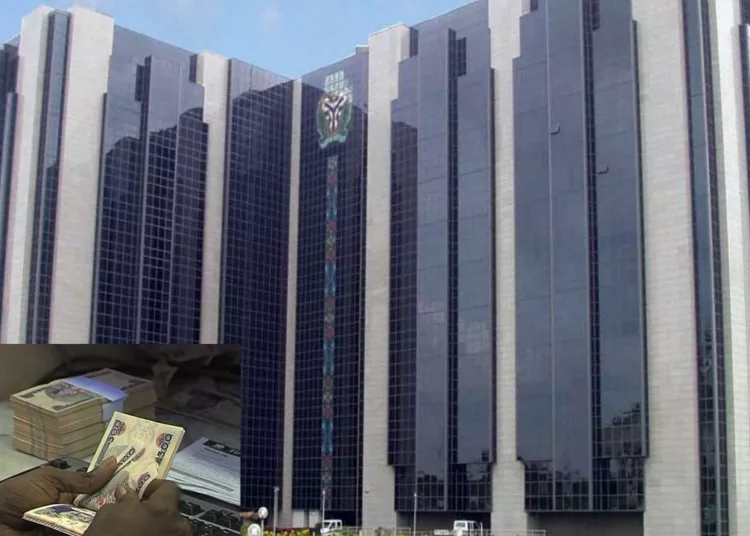The banking industry credit to the government saw a decline in February this year as banks increased their lending to the private sector.
Latest data from the Central Bank of Nigeria (CBN) Money and Credit Statistics have shown as the currency outside of banks continue to swell.
According to the data, lending to government declined in February from N36.18 trillion recorded in January 2024 to N33.92 trillion in February.
Year-on-year, the banking industry credit to the government remain elevated when compared to N28.43 trillion that was recorded in February last year.
Credit to the private sector in Nigeria continued to rise as it was up by 5.99 per cent month on month in February to N80.86 trillion as the CBN data showed that the banking sector credit to the private sector had risen from N76.29 trillion which was recorded in January this year. The data also showed a significant year on year increase in credit to private sector as it rose by 93.68 per cent to N41.75 trillion which was recorded in February last year.
In January, credit to private sector had risen year on year by 85 per cent. The data covers lending by the entire banking system and not merely the deposit money banks (DMBs). It also covers lending by the CBN and state-owned development banks, such as the Bank of Industry, and smaller credit extension by other banks, such as micro-finance banks and non-interest bank.
The strong expansion of money and credit growth also explains the Monetary Policy Committee’smove to enhance monetary tightening measures. The MPC had raised the benchmark interest rate twice in the meetings held in February and March this year.
It had raised it from 18.75 per cent to 22.75 per cent in February and further raised it to 24.75 per cent, the biggest rise in borrowing costs in 17 years, in an effort to curb the rising spate of inflation which has so far reached 31.7 per cent.
Given the stringent monetary policy environment, analysts say they anticipate a slowdown in private sector credit growth as banks curtail their lending activities in response to the tight monetary conditions.
The rate hike subsequently led to banks increasing their lending rates a development that will see businesses and individuals with existing loan facilities with the banks pay more to service those loans.
Experts said, higher lending rates mean that individuals and businesses will face higher costs when borrowing money from banks. This, they added, could lead to reduced borrowing and investment activities as borrowers may find it more expensive to take out loans for various purposes such as business expansion, home purchases, or personal expenses, according to analysts.
On his part, the chief executive of the Center for Promotion of Private Enterprise (CPPE), Dr Muda Yusuf noted that the hike in MPR “would further pose a risk to the financial intermediation role of financial institutions in the country. The increase would constrain the capacity of banks to support economic growth and investment, especially in the real sector of the economy because the increases are quite significant.
Meanwhile, the volume of currency outside the banking industry continued to rise reaching N3.41 trillion a 3.98 per cent rise compared to N3.28 trillion which it was in January. Year on year, currency outside of banks swelled by 304.6 per cent from N843.31 billion.
The February currency outside banks represents 92.4 per cent of total currency in circulation which stood at N3.69 trillion. Total currency in circulation had increased by 1.2 per cent when compared to N3.65 trillion recorded in January.
When compared to last year, the total currency in circulation had risen by 276.1 per cent from N982.1 billion. In February last year, the percentage of currency outside banks was 85.7 per cent while in January this year the percentage was 89.9 per cent.





